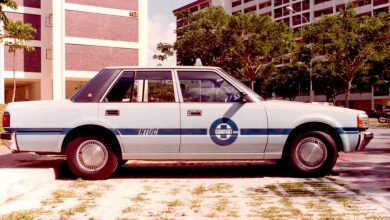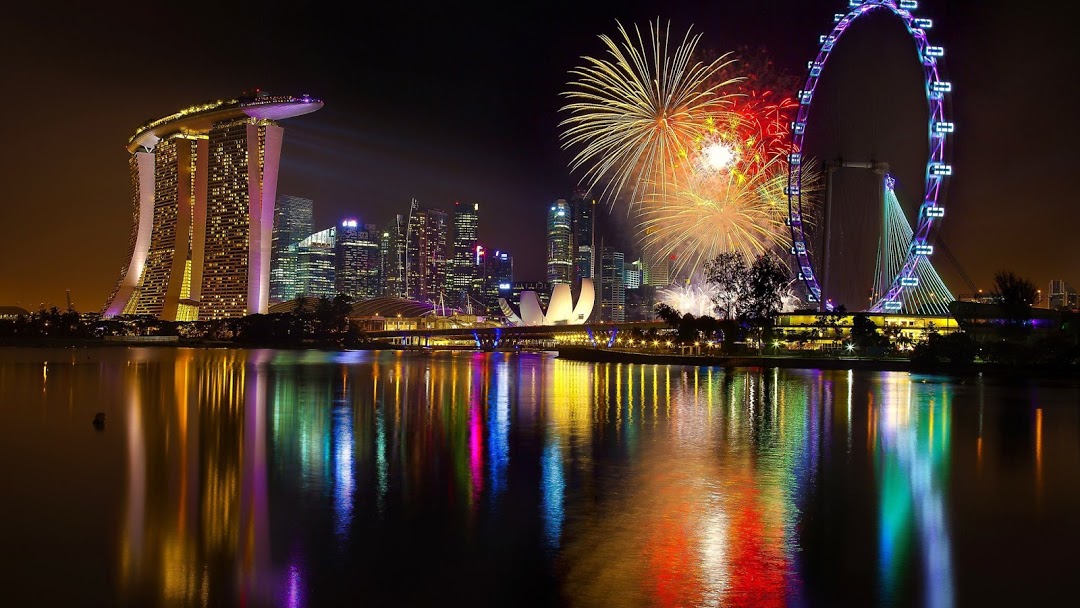Volkswagen’s Story: From Hitler to Fiddler
Volkswagen group is the largest automobile manufacturer in Europe since the 1970s. Based in Germany, the company has enjoyed massive success in terms of sales and brand image. For it to be successful, it has been rebuilding trust with customers, increasing its global presence and supporting consumer lifestyles. Volkswagen Group is mainly composed of five main brands, Volkswagen AG, Audi, Porsche, and Skoda, which operate in over 29 countries with its main focus being China and European countries. Volkswagen’s brands target the ultra-rich customer base involving automobiles of high quality coupled with high engineering standards due to its extensive platform and component sharing. Here is the story of this German Conglomerate.
1) Brief history
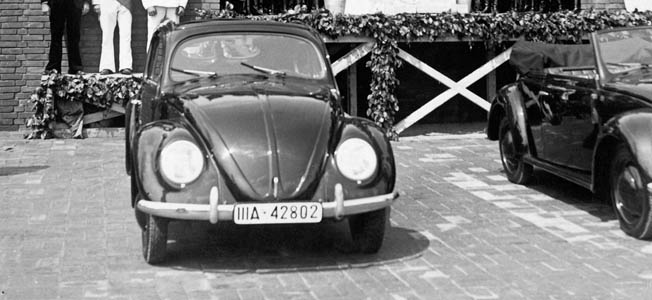
Astonishingly, Volkswagen Group was born out of the will of Hitler. After he took power, he instructed Ferdinand Porsche to mass produce a people’s car, which would be owned by every family hence the name “Volkswagen”. Porsche designed and built the car but during the Second World War, the factory was turned into an arsenal and rebuilt again after the war was over. Production resumed, Volkswagen started exporting to the United States and the cars were practically a hit. Being a one-car company, new models were launched in the 80s and 90s and bought many marques including Lamborghini, Bugatti, and Bentley. In 2010, Porsche’s anticipated takeover of Volkswagen failed resulting in a counter takeover.
2) Leading the others in innovation
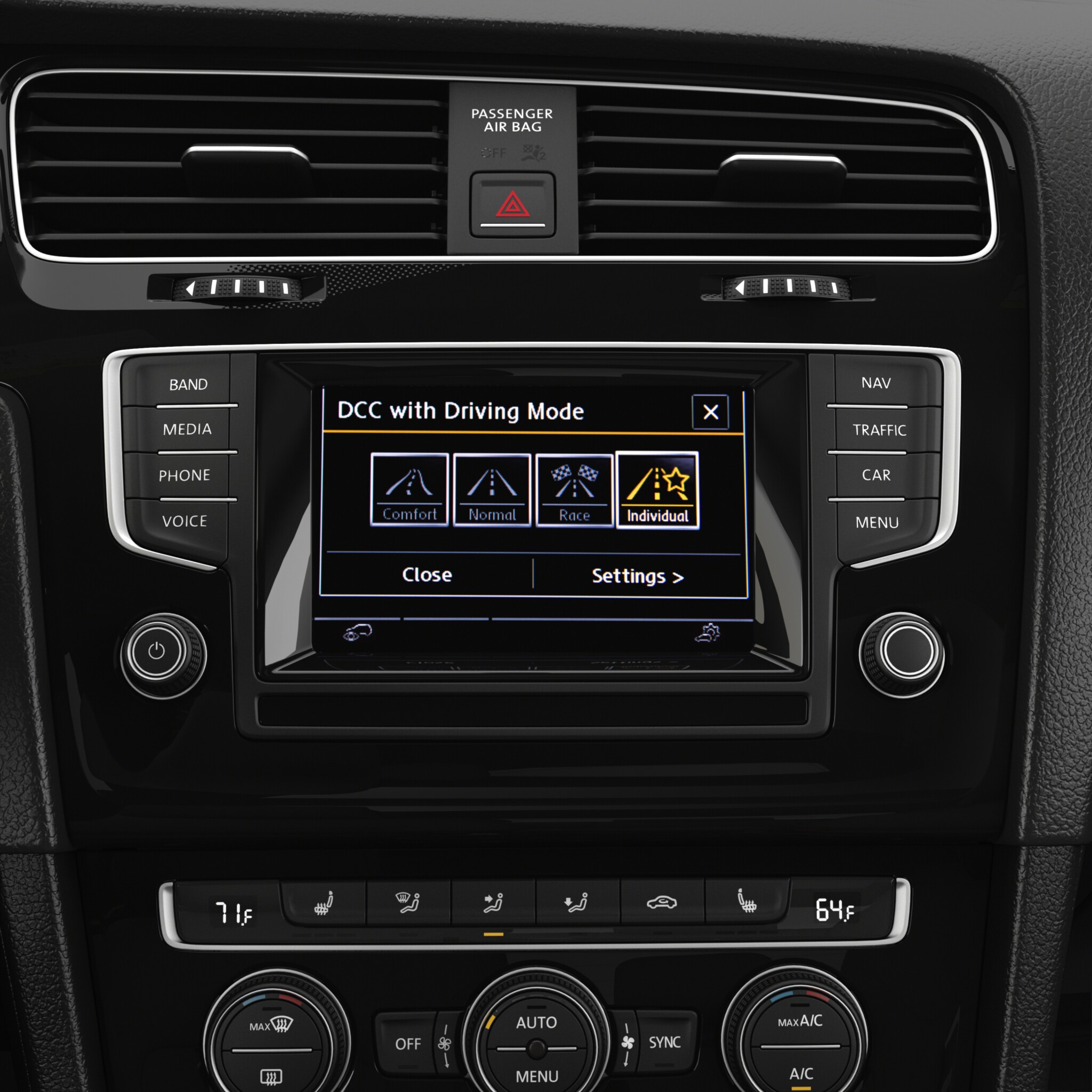
When it comes to automotive engineering, German engineering is always at the top. Volkswagen has established itself in the field of vehicle innovations. The company believes that today’s solutions must match tomorrow’s challenges. It has partnered with Infeon Technologies to determine the requirements for semiconductor solutions for new joint development approaches like virtual prototyping systems which reduce development times despite their complexity. Of the many automobile manufacturers in the world, only few can match VWs DCC Adaptive Chassis Control system. Built for control and precision; it reacts to road changes in milliseconds. It has also embraced innovation by making cars that are fuel efficient by consuming 2.0L/100KM with efficiency increasing up to 0.9L/100KM (don’t you love German engineering already?). Volkswagen has also made significant improvements on their cars display systems and controls.
3) Strategy 2025

Volkswagen launched Strategy 2025 which focuses mainly on strengthening the company brand and also push initiatives on supporting sustainable consumer lifestyles. In order for the company to regain customer trust, the company will focus to promote the company’s values and sustainable values to its customers. This promotion campaign will be based on each step of production of a Volkswagen car. The company, through its research division, discovered that hybrid market is the most anticipated in the future because they are most appealing to customers. This strategy will market Volkswagen hybrid cars to brand loyalists between 30 and 50 demographic regions thus replacing the conventional gas car. It also involves determining where thorough marketing will be done and concluded that Thailand and Indonesia offered the best opportunities for growth. This will result in a stronger Volkswagen presence in South East Asia.
4) Emissions scandal
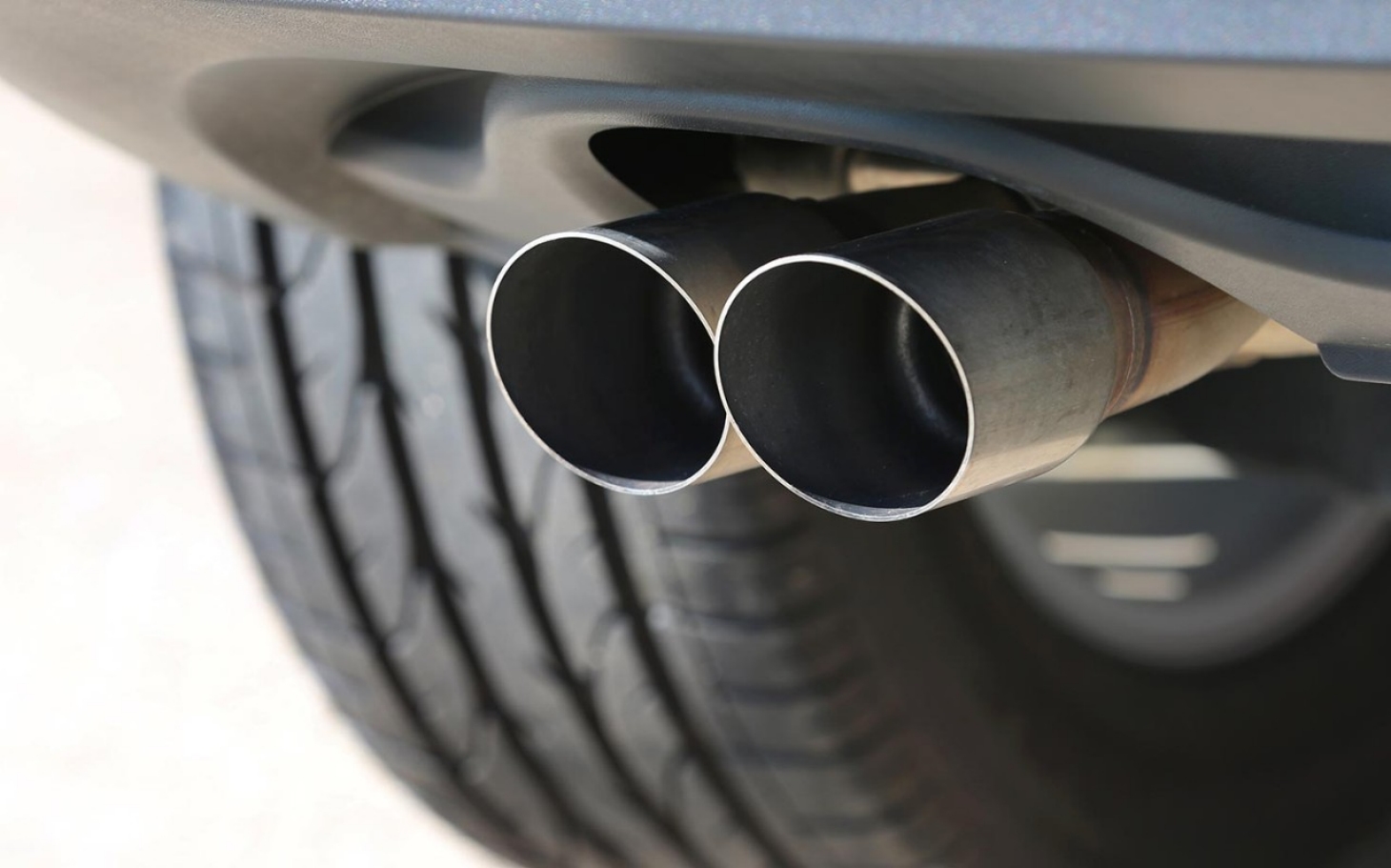
Today, almost each car manufacturer is struggling with a scandal of their own, the most common being the emission scandals. For Volkswagen, it is the emissions scandal of 2015 when the United States Environmental Protection Agency issued a notice of violation of the Clean Air Act by using turbocharged direct injection to control emissions during laboratory testing. Volkswagen then admitted to installing a “cheating device” on cars sold in the US. Due to this, the company faced extreme challenges including, recall costs, fines, legal fees and a nose dive in their operating income. The total accumulated criminal penalty was $2.8 billion. Additionally, it faced loss in investor and employee confidence together with a decrease in brand equity. The company has thoroughly apologized for this and compensated for the affected vehicles as it intends to win the customers back and continue growing the company.


